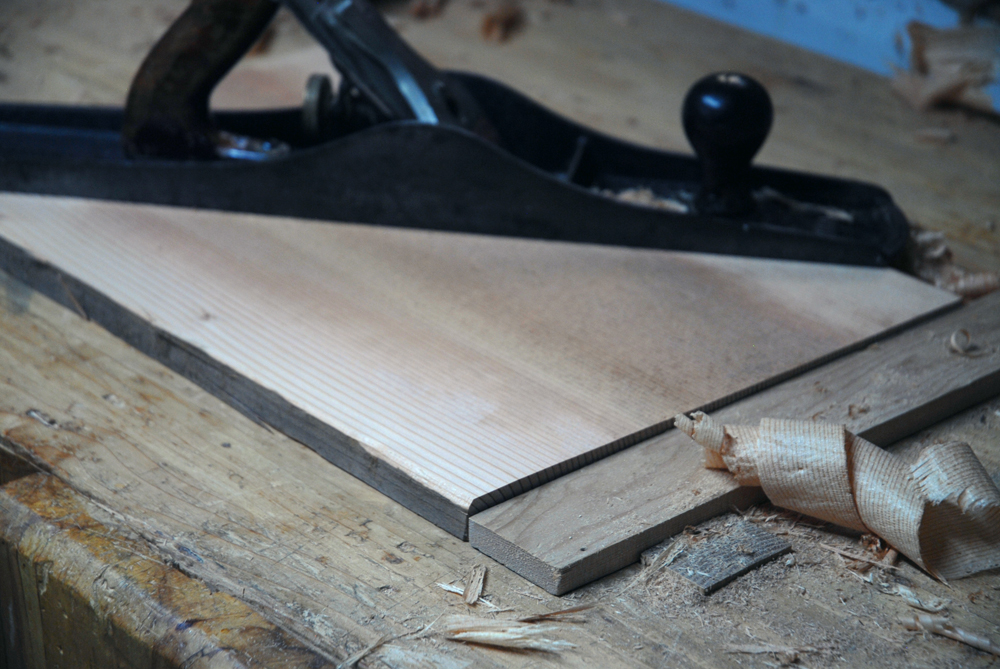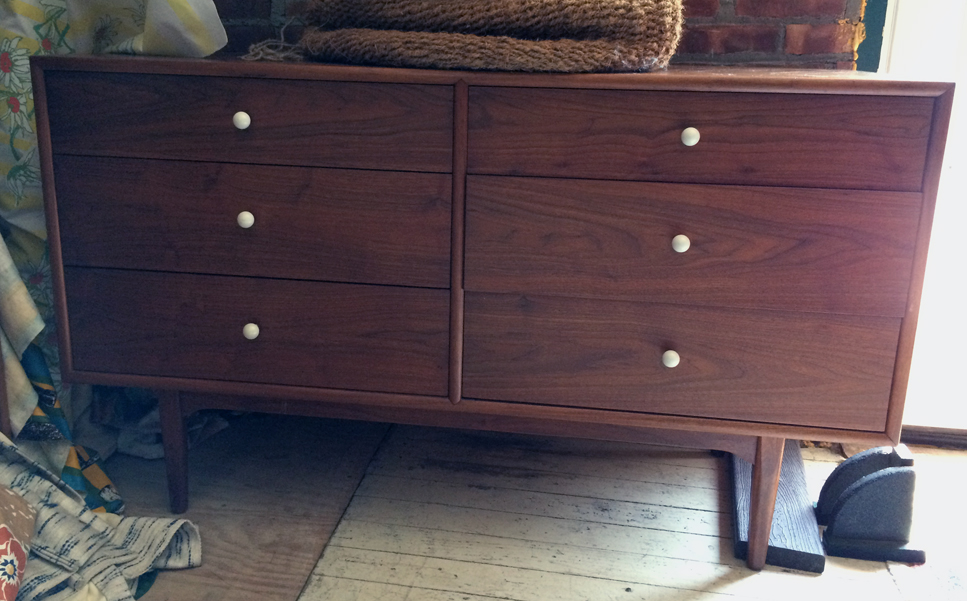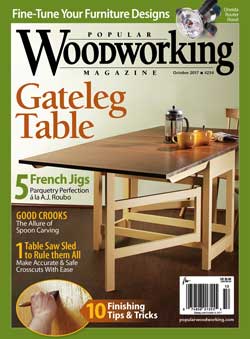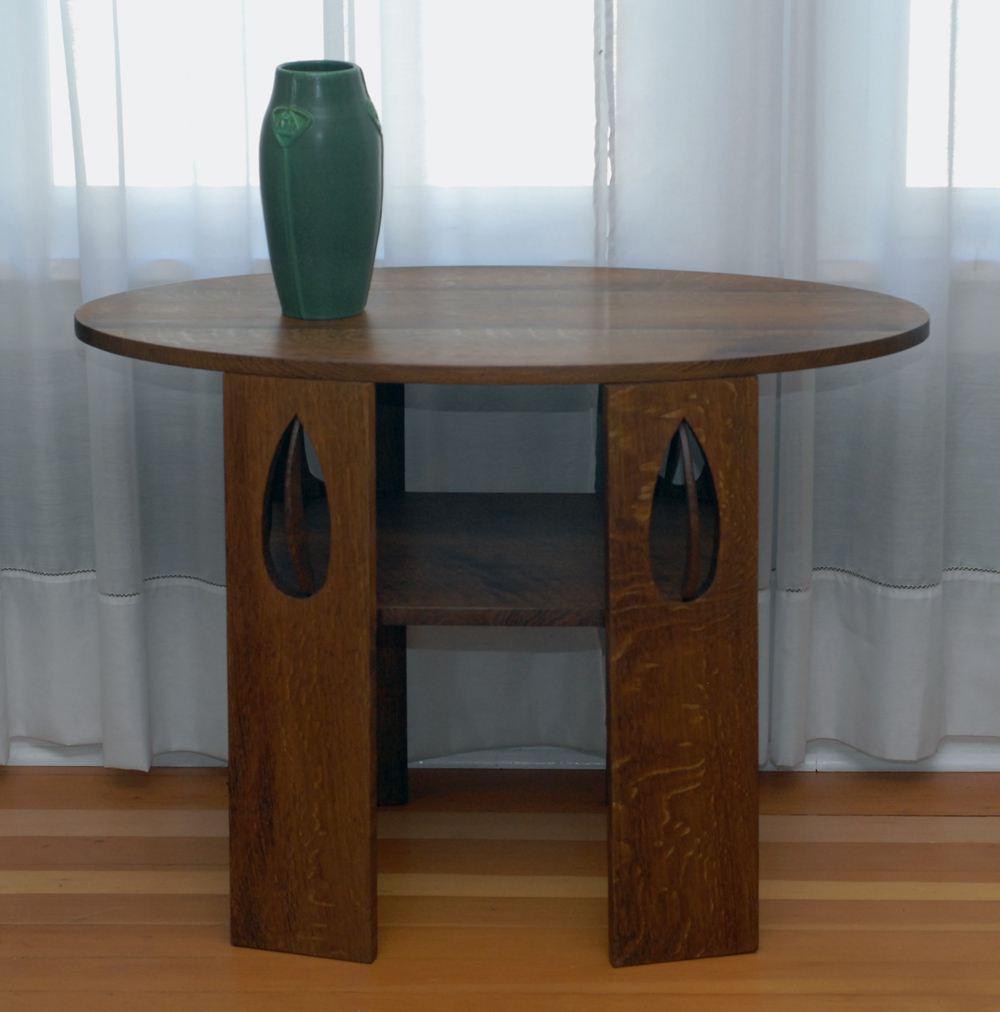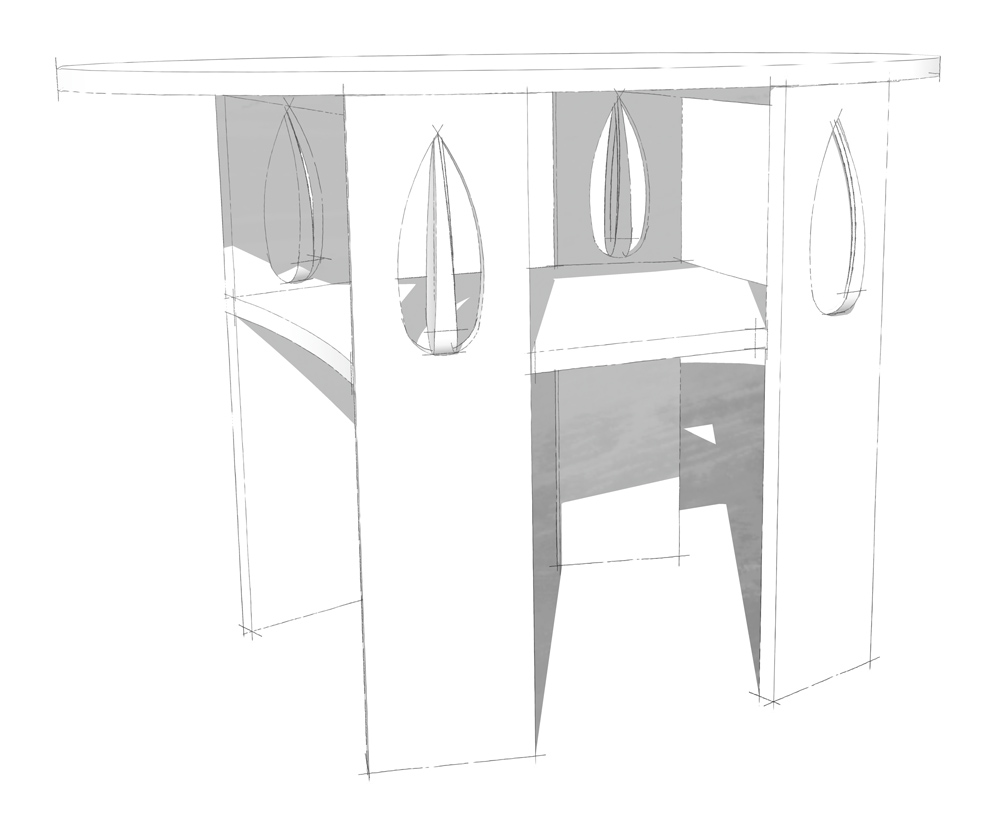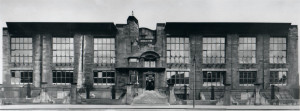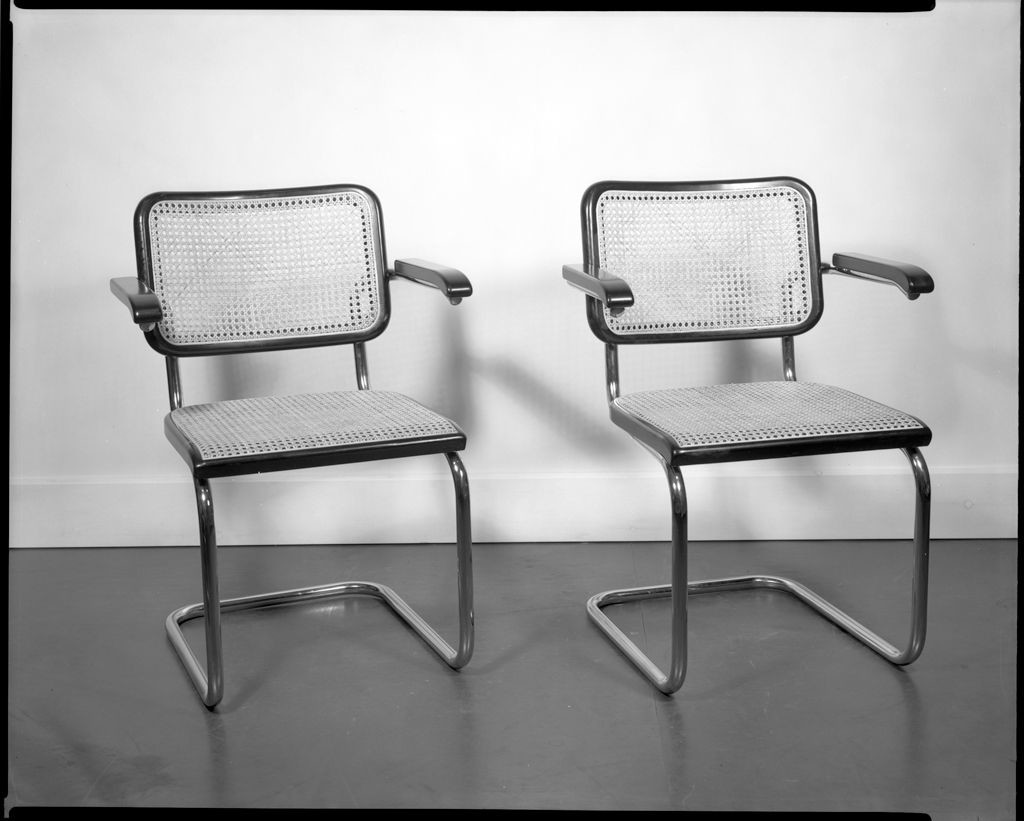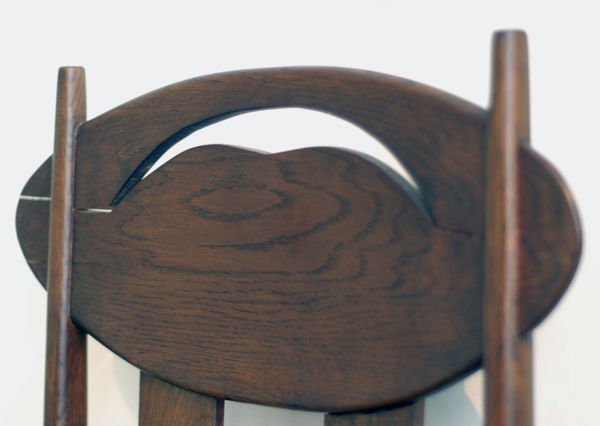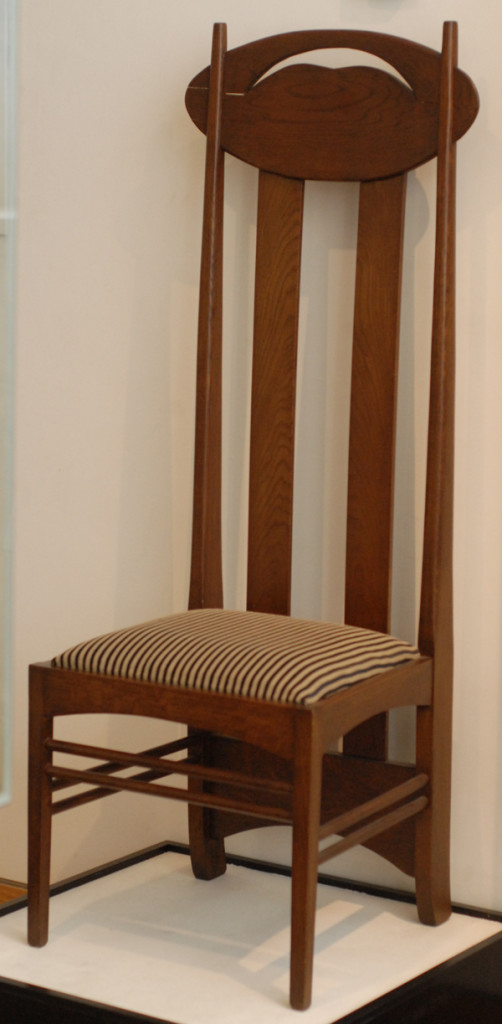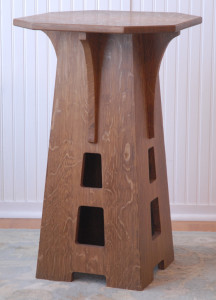I try not to hoard wood, though odds and ends do accumulate. I did buy some wide fir boards circa 2015 for a solid version of the Juhl coffee table. The death of my jointer-planer put a stop to that build, so the stock, most of it still rough, lingered on a shelf.
A new commission for a compact media stand caused me to revisit that fir, and with the dead machinery banished from basement, I was forced to surface it by hand. I don’t enjoy jointing or thicknessing by hand, nor do I recommend it. But it is a viable option for board too wide to fit a powered jointer and planer. And whoosh of a sharp blade across a board and the scent of fresh-cut fir do offer a certain pleasure. Still, I was more than happy to finish stock preparation and move on to the build.

